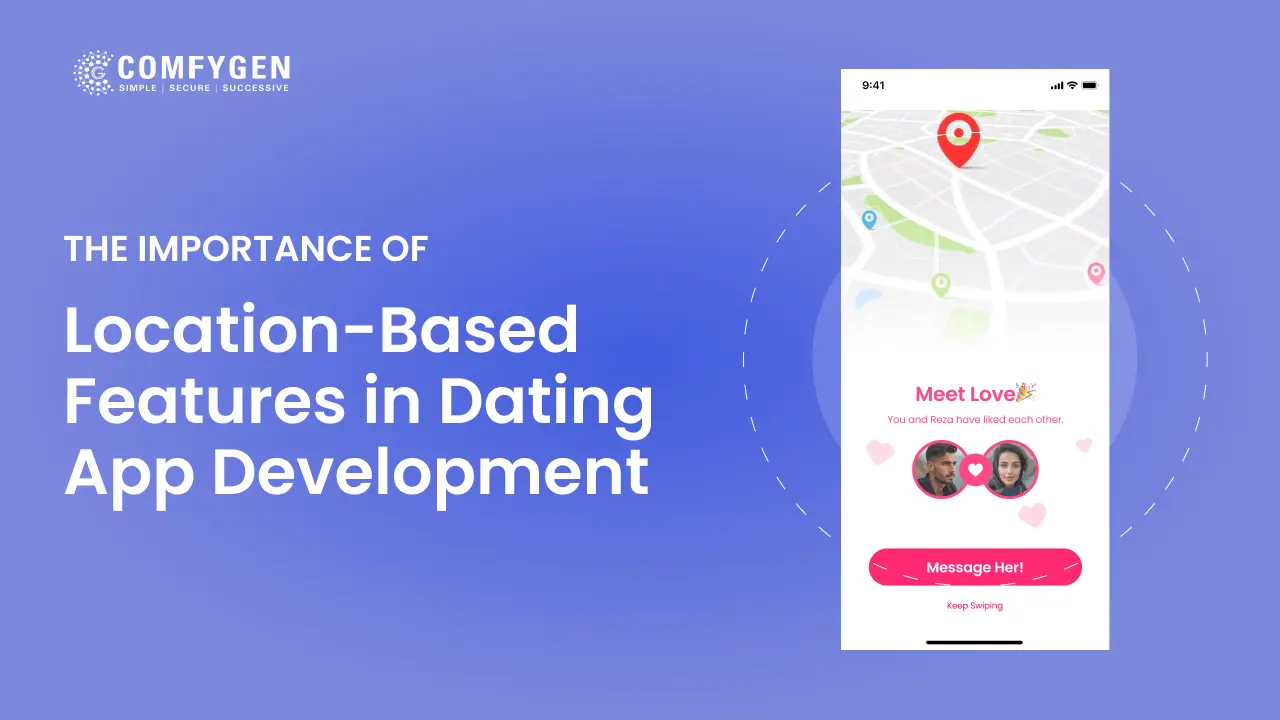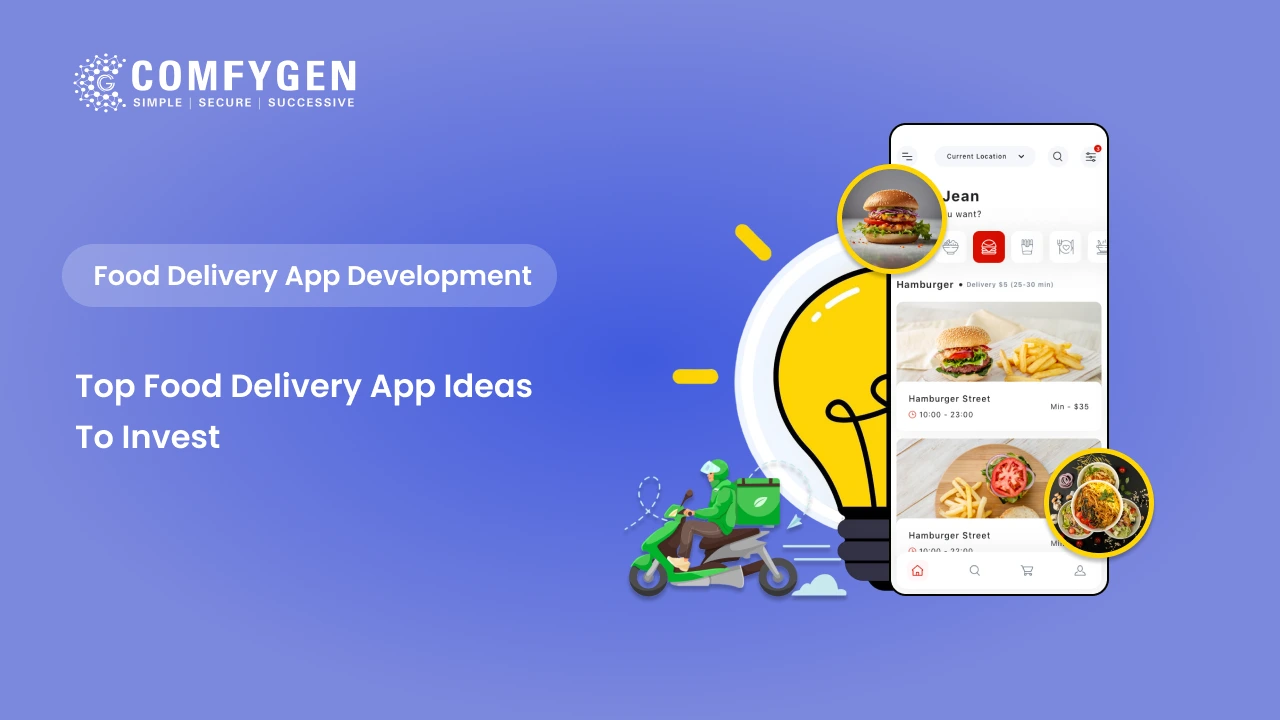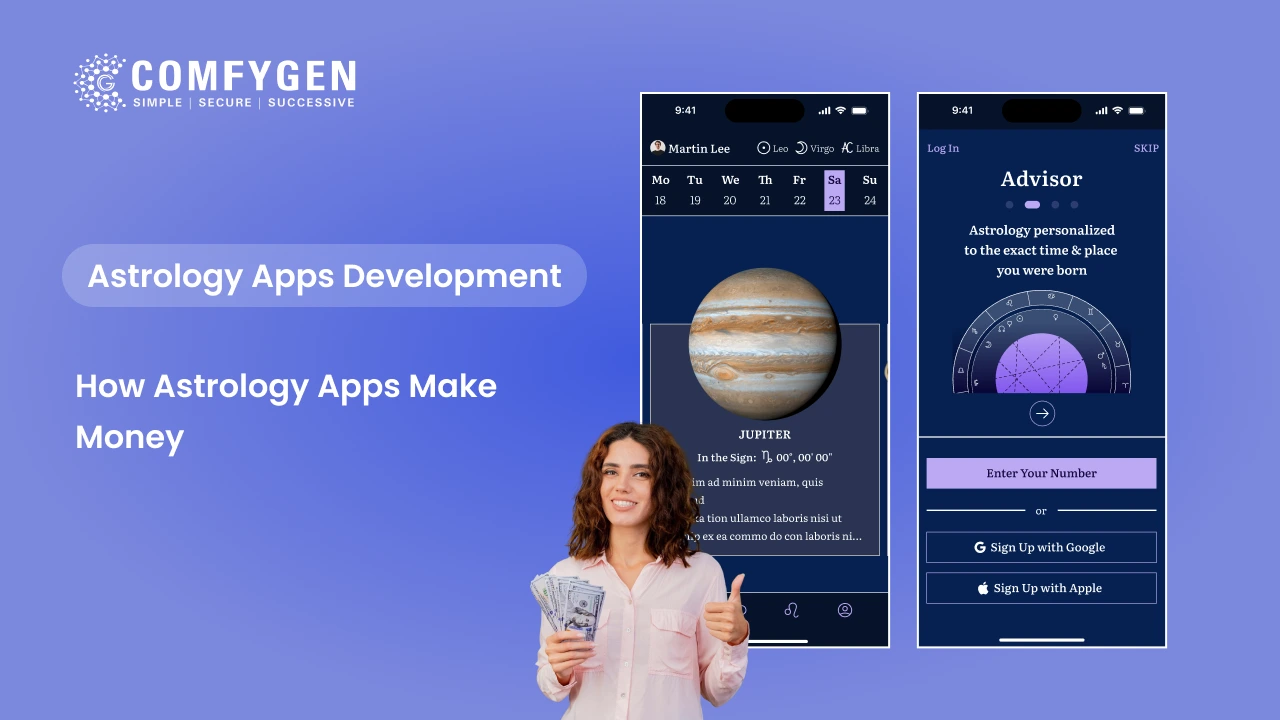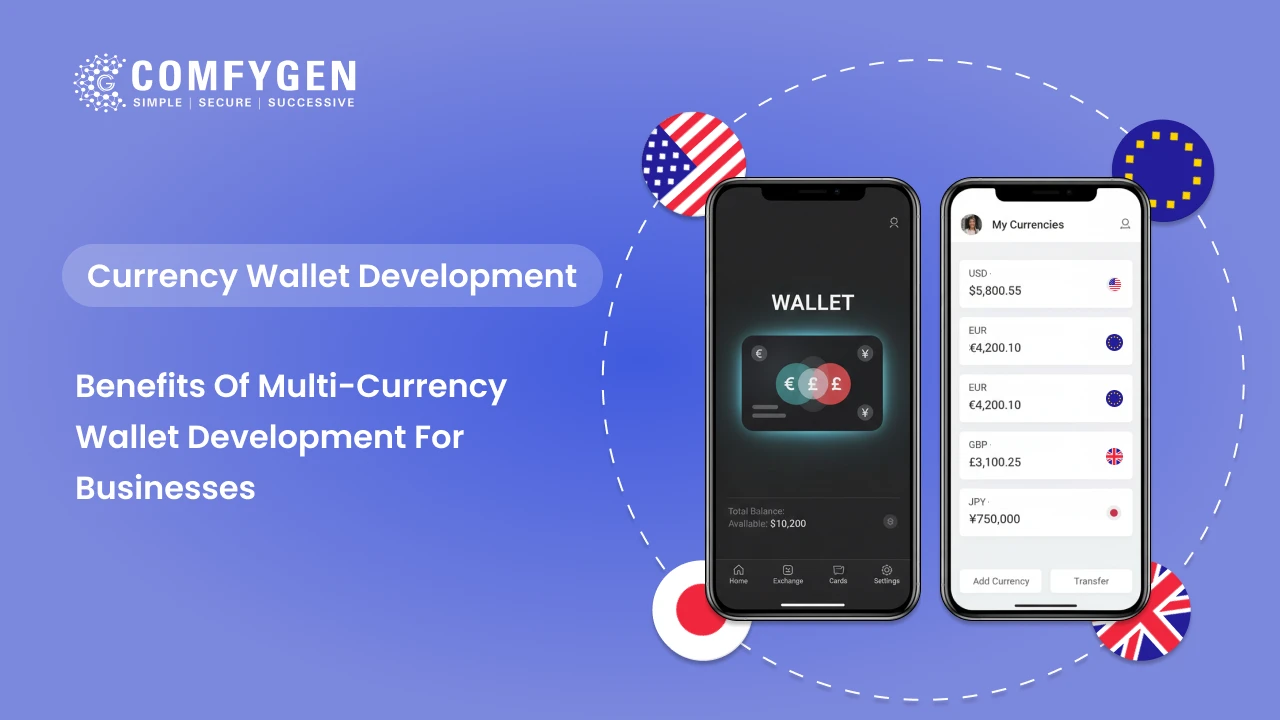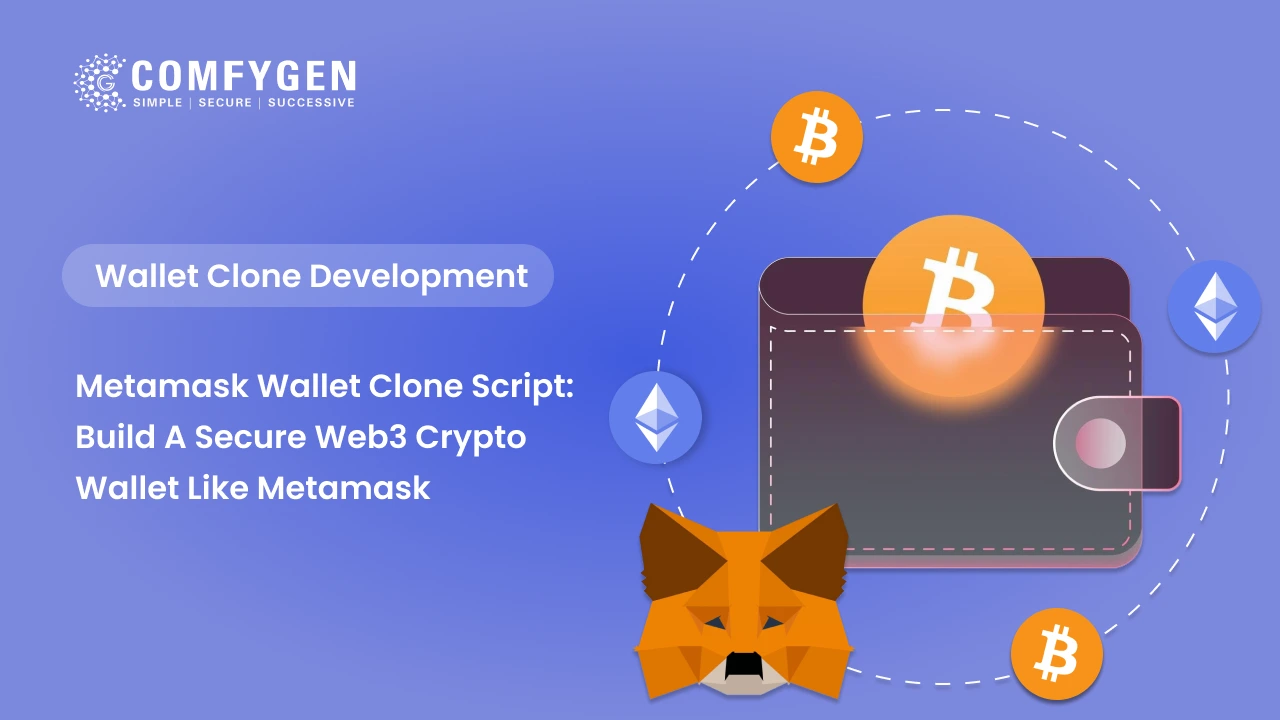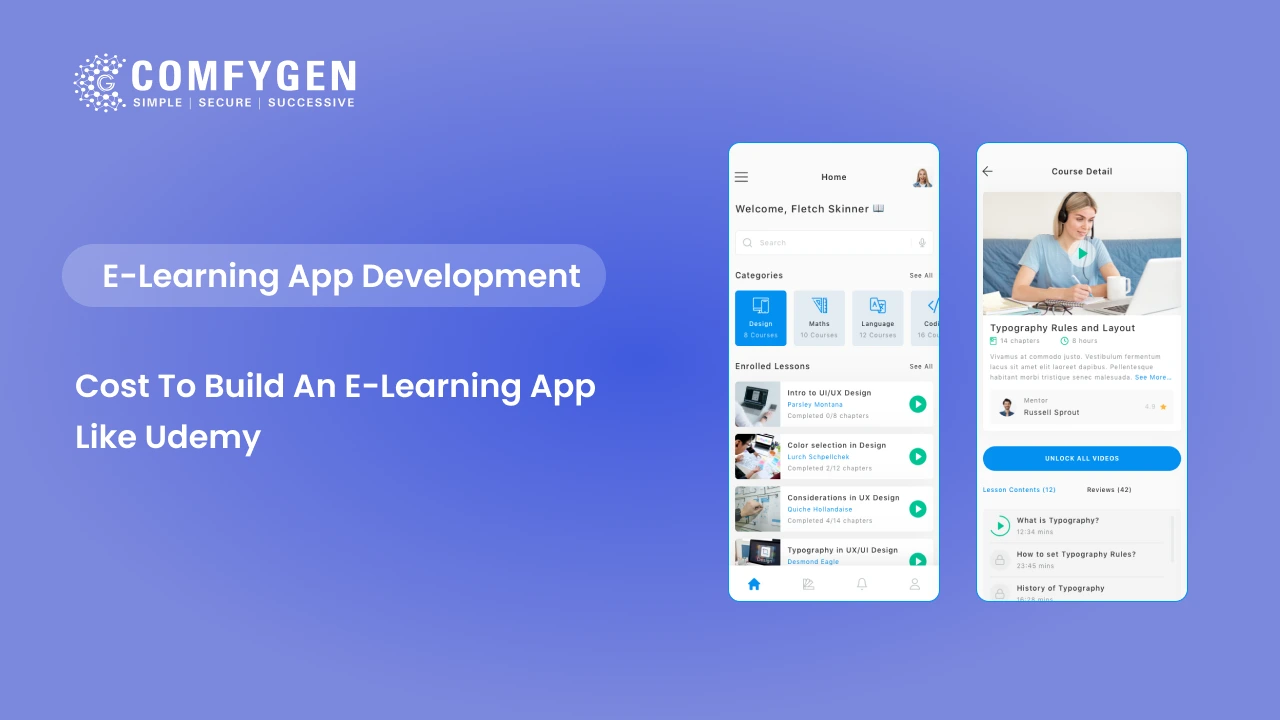The Importance of Location-Based Features in Dating App Development
Dating app development has changed how people meet and connect, with location-based features in dating apps playing a pivotal role in this growth. By using geolocation technology for apps, developers have introduced a better, more personalized way for users to find potential matches. Unlike the early days of dating apps, where connections were often random or global, today’s proximity-based dating apps focus on matches within a user’s neighborhood, making interactions feel more relevant and approachable.
The integration of GPS in dating apps revolutionized the idea of dating by allowing real-time location tracking in apps. This innovation has greatly enhanced the dating app user experience, allowing users to find nearby matches and plan meetups easily. Apps like Tinder set the standard for location-based matching, showing how dating app geolocation technology can bridge the gap between online and offline interactions.
In modern dating society, geolocation features match with the rising desire for localized connections. They allow users to form important relationships within their groups, adding spontaneity and practicality to online dating. For developers, knowing the importance of geolocation in dating apps is important for building platforms that meet the changing needs of today’s users.
What Are Location-Based Features in Dating Apps and How Do They Work?
Location-based dating apps use advanced geolocation technology for apps to spot a user’s real-time position and connect them with nearby possible matches. To create a dating app with such features you have to depend on GPS in dating apps, which tracks the user’s location, and blends it with the app’s algorithm to provide a list of related profiles.
Here’s how they work:
Accessing GPS Data: The app uses the device’s GPS in dating apps to discover the user’s real-time location.
Processing Geographical Coordinates: The app estimates the user’s location and matches it with other users in the area.
Distance Filters: Users can set choices for a particular range, allowing customizable location-based matching.
Real-Time Updates: Location info is changed constantly, helping users find new matches nearby.
Integration of Networks: The app blends GPS data with Wi-Fi networks and cell signals to improve accuracy and ensure a smooth experience.
Privacy and Security: Advanced dating app geolocation technology ensures user data is protected while giving exact position results.
Local Connection Features: Users can explore profiles based on shared hobbies and location, making connections feel more real and useful.
These features make location-based dating app development effective and engaging, giving users an improved dating app user experience by effortlessly mixing virtual and real-world interactions.
Benefits of Location-Based Features In Dating Apps
Integrating location-based features in top dating apps can offer significant benefits for companies, especially those in the app development industry. Here’s how geolocation in dating apps can help businesses:
Enhanced Customer Engagement:
Location-based dating apps help companies to provide targeted services or offers based on a user’s real-time location. By using real-time location tracking in apps, businesses can send relevant messages and promotions, increasing user interaction and boosting sales.
Personalized User Experience:
With geolocation dating app development, companies can tailor their offers to individual tastes. AI-powered matchmaking in apps can lead to more personalized choices, ensuring customers feel valued and pleased with the service.
Improved Marketing Strategies:
Geolocation dating app development helps businesses collect valuable data about user behavior and interests. This data can be used to create more effective and personalized marketing strategies, ensuring companies reach the right audience at the right time.
Increased Efficiency:
For companies working in particular areas, proximity-based dating apps help find customers in the local neighborhood. This improves transportation and resource distribution, making processes more efficient and lowering the costs.
Competitive Advantage:
By adopting location based dating app development, organisations can stand out in a crowded market. Offering innovative services based on GPS in dating apps improves customer trust and draws more users.
Boost in Real-World Interactions:
Location-based dating apps encourage users to take action in the real world, whether it’s meeting nearby matches or visiting a local business. This location-based matchmaking promotes stronger relationships between users and businesses, driving foot traffic and interaction.
By leveraging geolocation technology for apps, companies can enhance customer relationships, improve working efficiency, and stay ahead of the competition.
Key Development Considerations for Geolocation Features
Integrating geolocation in dating apps requires careful planning to ensure accuracy, usefulness, and user happiness. Here are the important factors for adopting location based features in dating apps effectively:
Accuracy of Location Data:
Using reliable GPS in dating apps is important for giving accurate real-time location tracking in apps. Developers must also account for differences in network coverage and device support to ensure smooth operation.
Data Privacy and Security:
User security hangs on the safe sharing of location data. Encrypting data and keeping with privacy laws (like GDPR) are important for adopting dating app geolocation technology properly. Features like customizable location sharing can improve user trust.
Efficient Charge Usage:
Constant location tracking can drain a device’s charge. Dating mobile app developers should improve geolocation technology in dating apps to reduce resource consumption, ensuring a smooth dating app user experience without reducing speed.
Customizable Distance Filters:
Allowing users to set their chosen close range ensures customizable location-based matching. Adjustable distance settings make proximity-based dating apps more attractive by responding to diverse user tastes.
Cross-Platform Compatibility:
To reach a bigger audience, geolocation features must work smoothly across Android and iOS devices. Ensuring compatibility during dating app creation is important for uniform operation.
Real-Time information:
Users expect fast information for nearby matches. Implementing efficient core systems and APIs ensures smooth and fast real-time location tracking in apps, keeping the platform interesting and current.
Local Integration Features:
Beyond matching, apps can include features like geotagged event ideas or nearby hangouts, making the app more active and increasing its worth to users.
By handling these key factors, developers can harness location based features in dating apps to offer a safe, engaging, and efficient platform, meeting the needs of modern users.
How to Integrate a Location-Based Feature in a Dating App
Integrating location-based features in dating apps improves user experience by giving more relevant and localized matching. Here’s a step-by-step guide on how to add geolocation technology for apps into your dating platform:
Choose the Right Geolocation Technology in Dating App:
To allow real-time location tracking in apps, choose a trusted geolocation API like Google Maps, Mapbox, or Apple’s Core Location. These tools help you access GPS in dating apps, allowing precise location info. The tech stack for dating apps can ensure the success of your app.
Access User Location Data:
Request permission from people to view their device’s location. Depending on the platform (iOS or Android), use the proper location services SDKs to retrieve GPS data. It’s important to value user permission and openness regarding position sharing.
Implement Location Filters:
Develop adjustable distance settings within the app. Allow people to set a maximum distance within which they want to find matches. This helps in location based matching, ensuring users connect with people in their chosen neighborhood.
Real-Time Location Updates:
To keep the matching process active, adopt real-time position changes. As users move around, change their location and show close matches quickly. This is especially important for keeping a busy and interesting dating app user experience.
Backend Infrastructure: Ensure your backend can quickly handle and store location info. Utilize cloud computers for fast and safe handling of geolocation data, ensuring smooth interaction and scaling.
Privacy and Security Measures:
Make sure to protect and secure user location info. Implement privacy features, like giving users control over how and when their location is shared. Geolocation in dating apps needs strict security measures to protect user information.
Testing for Accuracy:
Test the app’s location features carefully to ensure accuracy. Check how well the dating app geolocation technology works in different settings, such as urban areas with strong GPS readings or places with limited network service.
User Interface Design:
Create a simple UI/UX dating app design with a clear dashboard that shows location-based data, like distance to possible matches or nearby events. Ensure users can easily change their settings for location based dating apps without feeling overwhelmed.
By following these steps, you can successfully combine location based dating app development, improving matchmaking skills and offering a more useful and engaging experience for your users.
How Geolocation Features Boost User Engagement in Dating Apps
Geolocation technology in dating apps plays a crucial part in improving user involvement in dating apps by making the experience more personalized, dynamic, and engaging. Here’s how location-based features in dating apps help drive engagement:
Personalized Matchmaking:
By deploying GPS in dating apps, users are shown matches within their chosen regional range, making links more relevant and tailored to their location. This location-based matching motivates users to connect with nearby profiles, increasing the chance of real-life contacts.
Real-Time Discoverability:
Real-time location tracking in apps allows users to find possible matches as they move around. This dynamic feature adds a feeling of excitement and surprise to the dating experience, pushing users to check the app more frequently for new, nearby matches.
Increased Interactivity:
Location-based dating apps allow users to take instant steps based on position, such as writing a message to someone close or planning a date. This boosts involvement by making chances for real-world meetups, which are often the goal of online dating.
Local Events and Activities:
Apps can suggest local hangouts, events, or activities based on the user’s location, pushing users to step out and connect with others in their community. By using geolocation technology for apps, these suggestions become more important and relevant, encouraging better interaction.
Enhanced Convenience:
Location-based features make it easier for users to connect with matches in their area, reducing the time and effort needed to plan meetups. This ease improves the dating app user experience, encouraging users to connect with the app regularly.
Safety and Trust:
With geolocation app development, users can control who sees their location, adding a layer of safety. The openness of knowing that possible matches are in the same area builds trust and pushes users to be more involved in the app.
By utilizing geolocation features in dating apps, developers can enhance user involvement, making the app experience more engaging, personalized, and matched with real-world interactions.
Case Studies of Successful Location-Based Dating App Developmnet
Several proximity-based dating apps have leveraged geolocation technology for apps to achieve huge success, changing how people connect and engage. These case studies show the effect of dating app geolocation technology in improving user interaction and driving growth.
Tinder:
Tinder pioneered the idea of location-based matching by adding real-time position tracking in apps. Its swipe-based design, paired with GPS technology, allows users to find matches within a set distance. Tinder’s success shows how geolocation in dating apps can make exchanges more relevant and interesting, eventually changing modern dating culture. You can partner with skilled developers to create an app like Tinder.
Bumble:
Bumble uses location-based features in dating apps to empower users with distance filters and geotagging for real-world meets. The app also supports safety with improved dating app geolocation technology, giving users control over who sees their position. Its focus on location-driven links has made Bumble a popular choice for important relationships.
Grindr:
Grindr is a good example of real-time position tracking in apps catering to niche groups. Its geolocation-powered features allow users to connect quickly with others nearby, improving ease and accessibility in the dating journey. You can create an app like Grindr to replicate the success of top dating apps.
These apps demonstrate how adding location-based features in dating apps can drive innovation, improve the dating app user experience, and create a competitive edge in the market.
Also Read: How to Develop a Swipe-Based Dating App Like Hinge
Challenges in Implementing Location-Based Features
Integrating location-based features in dating apps can greatly improve user involvement, but it comes with its set of dating app challenges. Here’s a rundown of these issues and possible solutions:
Technical Limitations and Battery Consumption
Geolocation technology for apps relies heavily on GPS, which can drain a device’s battery quickly. Additionally, different signal levels and network coverage can affect the accuracy of location data, leading to user dissatisfaction.
Solution:
Optimize Location Requests: Limit the regularity of position reports. Instead of constantly tracking, use occasional updates or when necessary (e.g., when a user goes a certain distance).
Low-Power Location Options: Utilize low-power location services like Wi-Fi tracking when GPS precision isn’t important, lowering battery consumption without losing too much on accuracy.
Caching Location Data: Temporarily store location data when GPS signals are weak (e.g., inside buildings) to avoid needless calls, and sync it when better signals are available.
Balancing Accuracy with User Privacy
Users may have worries about their exact location being watched, especially when it comes to private data. Balancing location-based matching with maintaining user privacy can be difficult.
Solution:
Granular Location Controls: Provide people with choices to control their position exposure. For instance, allow users to change between sharing exact GPS data or using a wider range (e.g., within a 5-mile radius).
Anonymize Data: Use a way where users’ exact locations are never shown to others directly. Instead, show a rough guess of their location (e.g., within a neighborhood or city) to keep privacy while still giving location-based matching.
User Consent and Transparency: Always request permission for location access and clearly explain how location data will be used. Ensure that the user has full control over when their position is shared.
Managing User Expectations and Experiences
Users may have high standards when it comes to the accuracy of location-based features. They might expect quick, perfect matches based on area or think that real-time information should be fast.
Solution:
Clear Communication: Educate users about how location features work and the possible limits, such as brief lag in position updates or when GPS data may not be fully correct. Transparency helps in controlling expectations.
Buffer Zones and Flexibility: Instead of matching users strictly by closeness, build flexible “match zones” that account for small differences in location accuracy or signal strength. This helps create a better user experience, even when GPS data isn’t perfectly correct.
User Feedback Loops: Implement features where users can report location errors or problems, allowing for quick changes and ensuring that app performance stays optimal.
By handling these challenges with careful solutions, developers can improve the dating app user experience, ensuring that location-based dating app development works effectively, safely, and with user happiness in mind.
Estimated Cost to Integrate Location-Based Features in Dating Apps
The cost of dating app development can range from $5,000 to over $100,000, depending on the complexity and scale of the features, the development team, and the platform chosen (iOS, Android, or cross-platform). The cost can vary depending on the app’s scale, features, and development team. Here’s an approximate cost breakdown.
| Integration Type | Features Included | Estimated Cost |
|---|---|---|
| Basic Integration (Small-Scale App) | – Basic GPS in dating apps – Distance filters – Location API (e.g., Google Maps) for nearby matchmaking | $5,000 to $15,000 |
| Advanced Integration (Mid-Scale App) | – Real-time location updates – Personalized location-based matchmaking – User-controlled privacy settings – Enhanced geolocation accuracy | $15,000 to $40,000 |
| Full-Scale Integration (Large-Scale App) | – Sophisticated real-time tracking – Offline location caching – Cross-platform compatibility – Robust backend server infrastructure – Geospatial analytics | $40,000 to $100,000+ |
How Comfygen Helps You Integrate Location-Based Features in Your Dating App
Comfygen specializes as a dating app development company, including smooth integration of location-based features in dating apps. With our experience in geolocation technology for apps, we ensure accurate real-time location tracking in apps, personalized location-based matching, and safe user data management.
Our team uses cutting-edge tools like Google Maps API, Mapbox, and advanced server frameworks to build efficient and scalable solutions. We value user privacy by adopting strong encryption and flexible location-sharing choices. Comfygen’s experience in proximity-based dating apps ensures a smooth dating app user experience with improved GPS features and minimal power waste.
Whether you’re starting a new app or improving an existing one, Comfygen’s experience in dating app geolocation technology ensures a feature-rich, user-friendly platform that meets your business goals.
The Bottom Line
Integrating geolocation in dating apps is important for offering a unique and interesting experience for users. While it comes with challenges like data accuracy, privacy issues, and technology limits, these can be solved with the right method and experience. Comfygen offers end-to-end solutions for adopting location-based features in dating apps, ensuring accuracy, security, and scaling. Partnering with us promises a competitive edge in the dating app market, improving both user involvement and business growth.

Mr. Saddam Husen, (CTO)
Mr. Saddam Husen, CTO at Comfygen, is a renowned Blockchain expert and IT consultant with extensive experience in blockchain development, crypto wallets, DeFi, ICOs, and smart contracts. Passionate about digital transformation, he helps businesses harness blockchain technology’s potential, driving innovation and enhancing IT infrastructure for global success.
Based on Interest
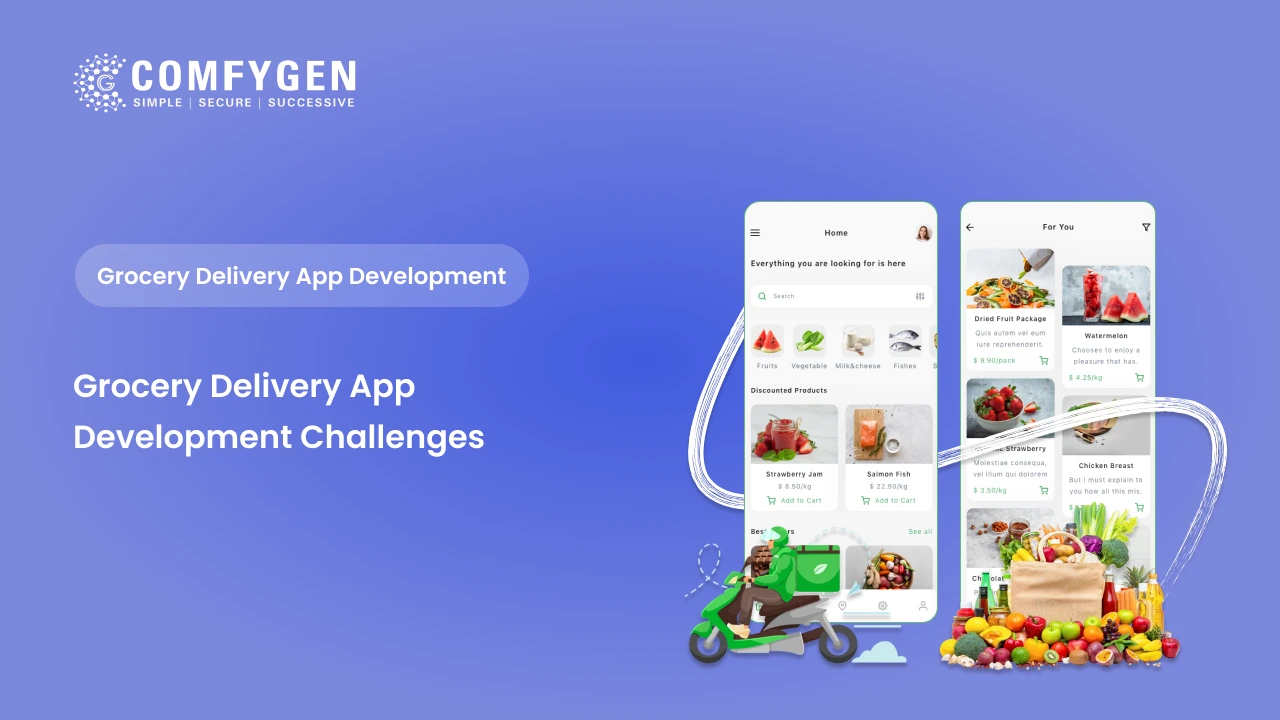
Grocery Delivery App Development Challenges: Common Problems and How to Overcome Them
In today's fast-paced digital age, the online grocery delivery industry is experiencing significant growth. With consumers preferring doorstep facilities over traditional shopping,…

